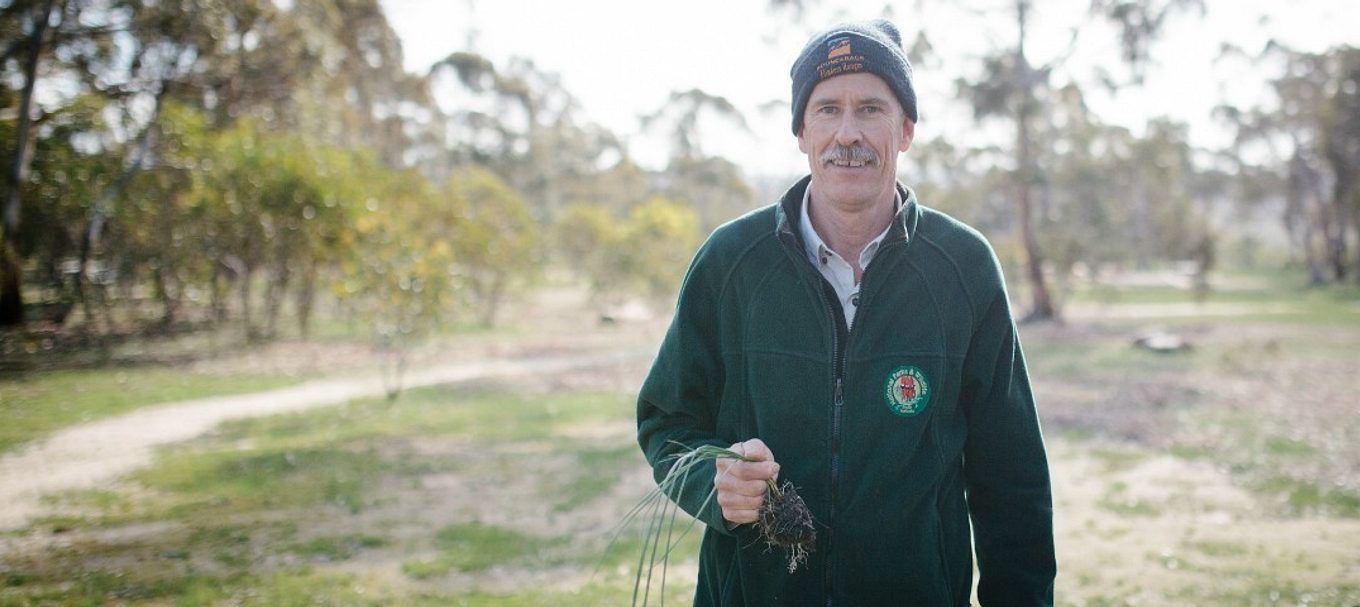
Insider guide: Para Wirra
Steve Taylor – Senior Ranger atPara Wirra Recreation Park
How would you describe your job to someone at a BBQ?
The core of my job is to protect and look after parks, which involves managing fire and its impact on the park. It’s also about working with the community, involving them with the parks and biodiversity across the landscape.
How did you get into this line of work?
I worked in environmental jobs in the Northern Territory, including for Parks and Wildlife in vegetation management. When I returned to South Australia I started volunteering with a Friends of Parks group, helping out with maintenance, before joining the fire crew and then becoming a park ranger.
What do you encounter in a ‘normal’ day on the job?
At this time of year I’m on the lookout to see how our orchids are going. A nationally endangered orchid came into flower recently, so I spent some time weeding around it to protect it. I check the recreation areas in the park to make sure everything’s in good order, meet visitors and answer any questions they have. I work with volunteers, at this park and several others, on jobs like weeding and spraying, do regular inspections of the condition of our walking trails, and carry out minor repairs and compliance checks around the parks.
What’s the most amazing thing you’ve seen at Para Wirra?
I often see kangaroos, possums, koalas, emus, snakes, lizards and all sorts of interesting birds – wrens, robins and even quail. I once saw a pair of Yellow-footed Antechinus, which are small marsupials, running up and down a tree squeaking, which was pretty special. There are so many small native mammals under threat across Australia, from predation and habitat loss, and largely extinct in the Adelaide and Mt Lofty Ranges. It’s heartening to know that Para Wirra along with nearby forest and catchment lands provides protection and sufficient high quality habitat for animals like the Antechinus to survive.
What are your insider tips about Para Wirra?
If you look carefully, high up in a smooth-bark tree you can often find a group of white-winged choughs sitting in a bowl-shaped nest they’ve made out of mud. It’s the whole family’s responsibility to rear a new chick, and often there’s as many as 20 choughs helping out. If you’re here during springtime there could be as many as 50 of these nests around Para Wirra. Families of choughs are known to steal chicks from other nests, so look out for the sparring sessions that take place between two rival families to pinch one of their new babies.
If you’re a fan ofPara Wirra Recreation Park, send us your photos and tips for visiting in the comments below.





